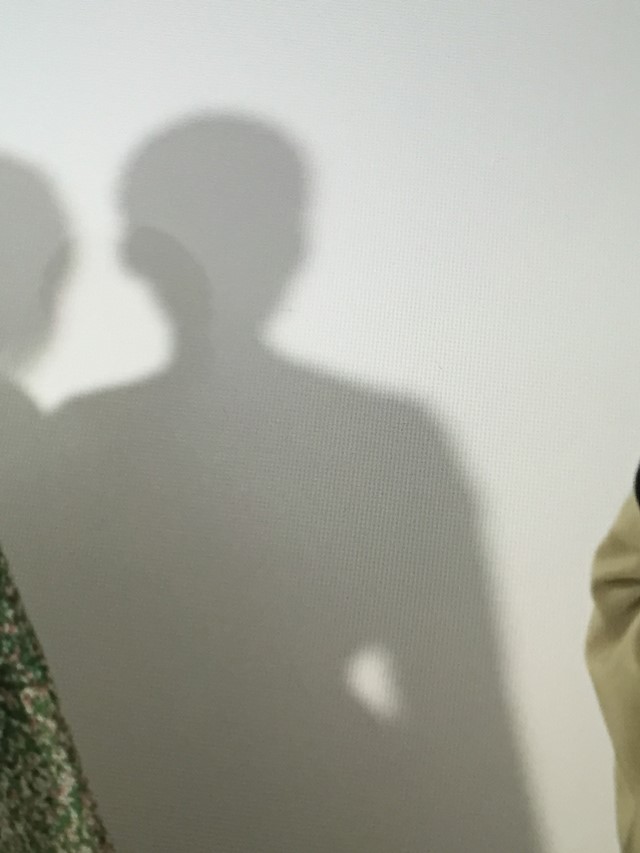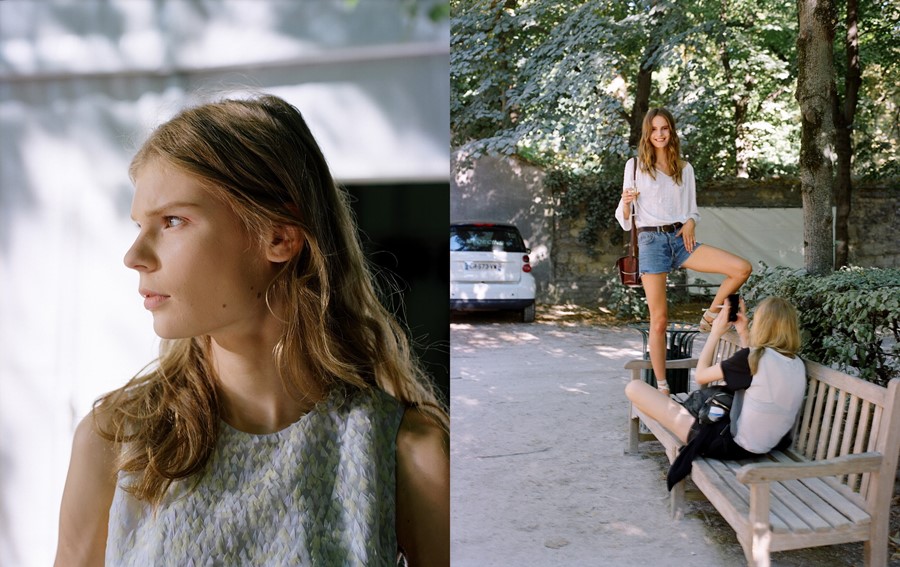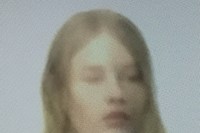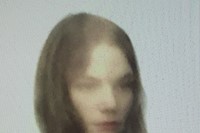At Christian Dior Couture, we explore how Raf Simons tasted the forbidden fruit and turned from innocence to experience
The Garden of Earthly Delights, a triptych painted by Hieronymus Bosch between 1590 and 1610, was the starting point for Raf Simons’ present Christian Dior Haute Couture Collection for Autumn-Winter 2015-16. In the painting, the left panel depicts Eve, presented to Adam by God in the landscape of paradise. The central panel, full of all sorts of fleshly pursuits, is one of mainly naked people, weird animals and giant fruit – and that fruit is significant for the Dior show – this panel is what is considered to be the actual garden of earthly delights and is most meaningful for the collection. Next, of course, is a strange hell-scape of the damned, with huge lutes, terrifying hybrid creatures, and what can only be described as gigantic knife ears – and that’s what you get for eating giant fruit it seems.
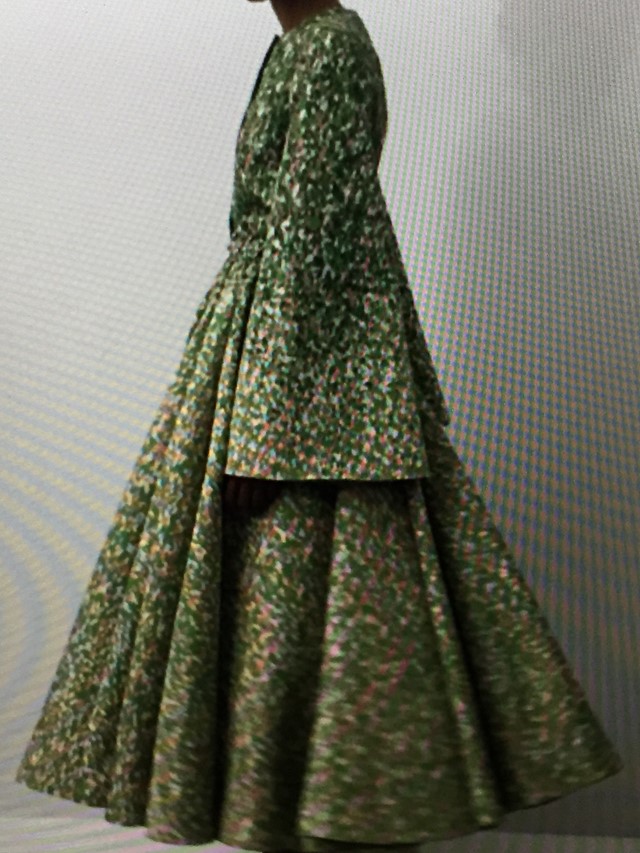
“I was intrigued by the idea of forbidden fruit, and what that meant now,” says Raf Simons. “The idea of purity and innocence versus luxury and decadence and how that is encapsulated by the idea of Dior’s garden – no longer a flower garden but a sexual one.”
“I was intrigued by the idea of forbidden fruit, and what that meant now” – Raf Simons
This is a far cry from Raf Simons’ first collection for the house of Christian Dior, which was literally presented surrounded by walls and walls of flowers; the traditional rooms of a salon transformed by floor to ceiling flora. Instead, the presentation of this collection took place in a far more abstract space; a place of ‘pointillist’ panels, stained glass-like with the light pouring through – the idea of flowers only vaguely hinted at in their abstract composition; where artificial purple turf was walked upon and flocked blue velvet benches were sat upon; where large, ‘forbidden fruit’ lay scattered on the catwalk and was echoed in the heavy, almost medieval, chains worn by the models. The famous Dior ‘Femme Fleur’ – both a motif and mantra of the house – has become a very different creature for Simons this season. Travelling from innocence to experience in the collection, and essentially impacted by the designer’s own Flemish roots, she mirrors somewhat Simons own journey as a designer at Dior.
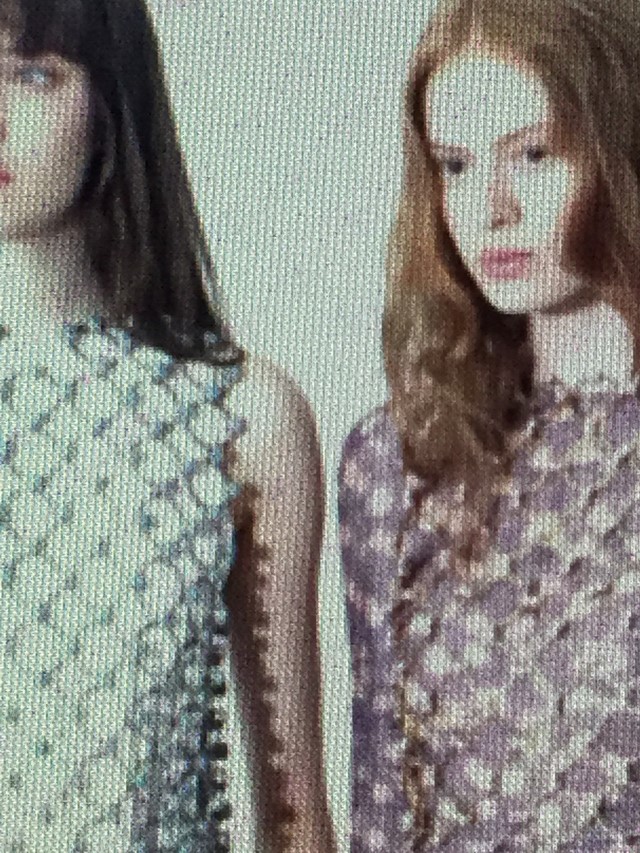
From the Innocent to the Experienced Dior
Frederic Tcheng’s film Dior and I sees Raf Simons at the start of his journey with Christian Dior, beginning with his first haute couture collection and show for Autumn-Winter 2012-13. As a document of a moment in time, the film is very telling in terms of how Raf Simons has reached the point he is at today. The film is also about to have its first cinema release in France.
“The first thing I saw – and what was most confronting when I saw the movie – was my own fear” - Raf Simons
"The first thing I saw – and what was most confronting when I saw the movie – was my own fear,” says Raf Simons. It is now just over three years since Simons was made Artistic Director of the house of Christian Dior and the filming of Dior and I took place, and yet the thought of that fear is still fresh in the designer’s mind, although, admittedly for Simons, “It all seems so long ago now.”
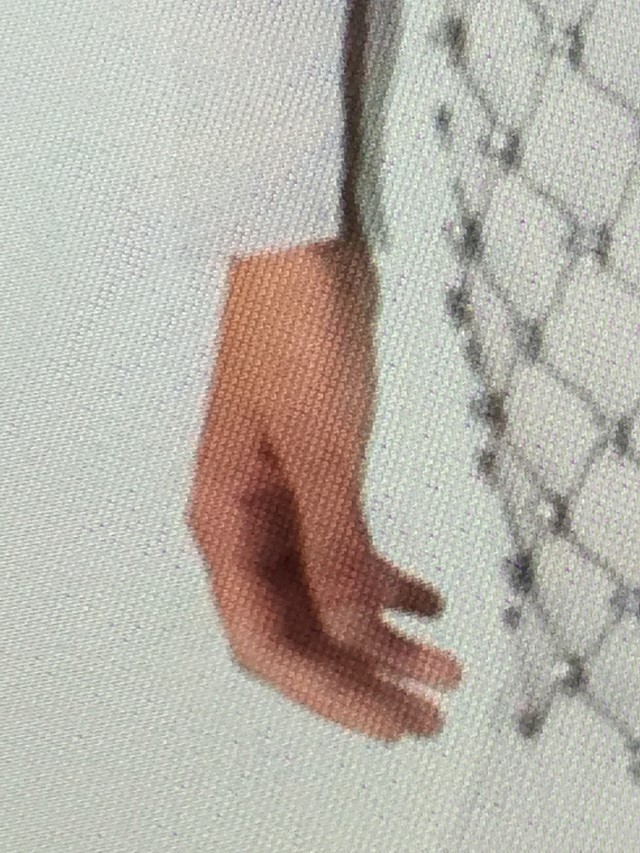
“The whole point of the film is that it’s the beginning. Of course now, it would be so different; it would look so much more confident. Although I look at Pieter [Mulier, Raf Simons’ right hand man] in the film and I do see confidence. If I look at me, I can see I have not landed on my feet at that moment. But if we did it now, it might be a really boring film.” In 2012, the towering figure of Mr Dior seemed to haunt Raf Simons. But as the film points out, this public incarnation of the brand Christian Dior, also haunted Christian Dior the man. And it is this human struggle to come to terms with the idea of being a high profile public figure at a fashion house known the world over, that propels the film forward.
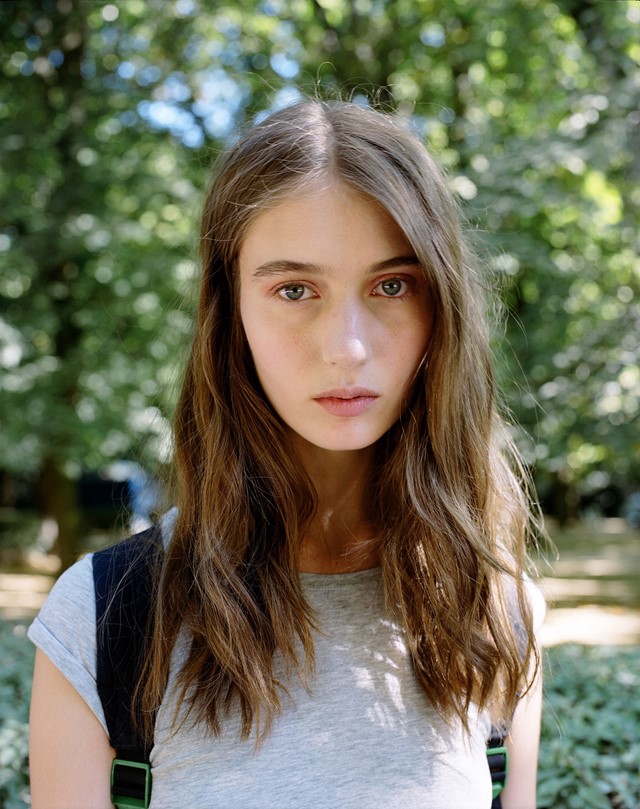
“The film became about the transformation of Raf; how one becomes a different person through his actions,” says the film’s director, Frederic Tcheng. “The motif of the camera, the mirroring, the use of Christian Dior’s voice-over stressing the public versus the private… It was about the idea of someone being dispossessed of his own image in a way. This is exactly what Raf is struggling with in the film. In the transformation, Raf was worried the exposure would make him into a different person. And getting used to the adoration does affect your personality; this is what happened to Christian Dior himself.”
"I thought it was like Rebecca, with the girl feeling trapped by the memory of the woman who had inhabited the house before her" - Frederic Tcheng
In the contrast with Christian Dior, what Tcheng actually sets up is a self-consciously ‘Hitchcockian’ premise for Simons: “I thought it was like Rebecca, with the girl feeling trapped by the memory of the woman who had inhabited the house before her.” In effect, Raf Simons is positioned as the innocent second Mrs de Winter in the film, intimidated by the imagined, knowing, ideal of the first Mrs de Winter, Rebecca, or in this case, Christian Dior. “For me, I had to go to the core of the relationship of Raf and Dior,” says Tcheng. “He has to channel the legacy of Christian Dior in the 21st century, and yet find his own voice. I wanted to show how difficult it is for Raf to do this – the psychology of it, when he is surrounded by people’s expectations of Christian Dior’s almost reincarnation.”
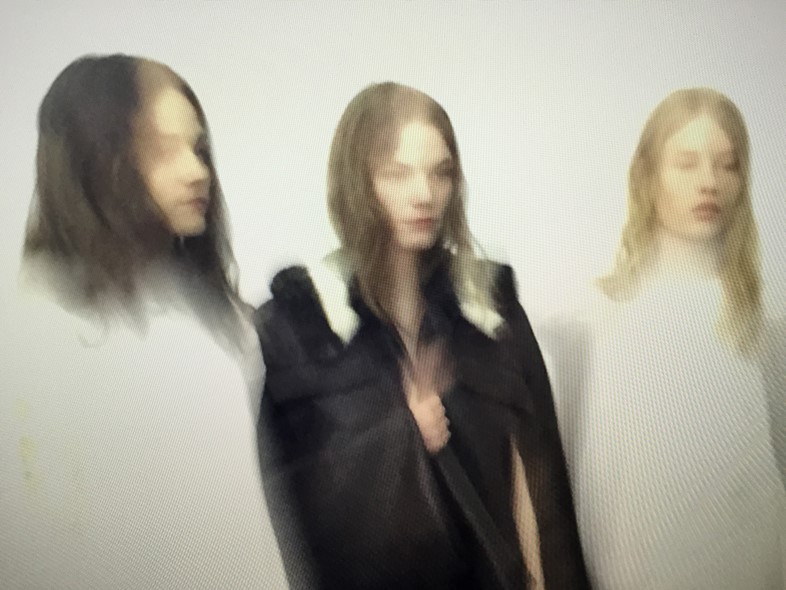
Yet what Simons’ has achieved at Dior has gone beyond ideas of ‘reincarnation’ – and this is testament to both the designer’s talent and his strength of character. While being both respectful of the history and codes of the house, and yet anxious to ground Dior in the reality of today, he has managed simultaneously to grow the business – overall by 30 per cent at last count – and mould Dior collections in more of his own, contemporary image. And strangely for the realist Simons, this is particularly seen in the almost anachronistic vehicle of the haute couture. It is through the couture, more than any other collection, that he has shed his innocence and proclaimed, like the girl in Rebecca, "I am Mrs de Winter now!" And with its great debt to the Flemish masters, it is perhaps the latest collection that proclaims that fact loudest of all.
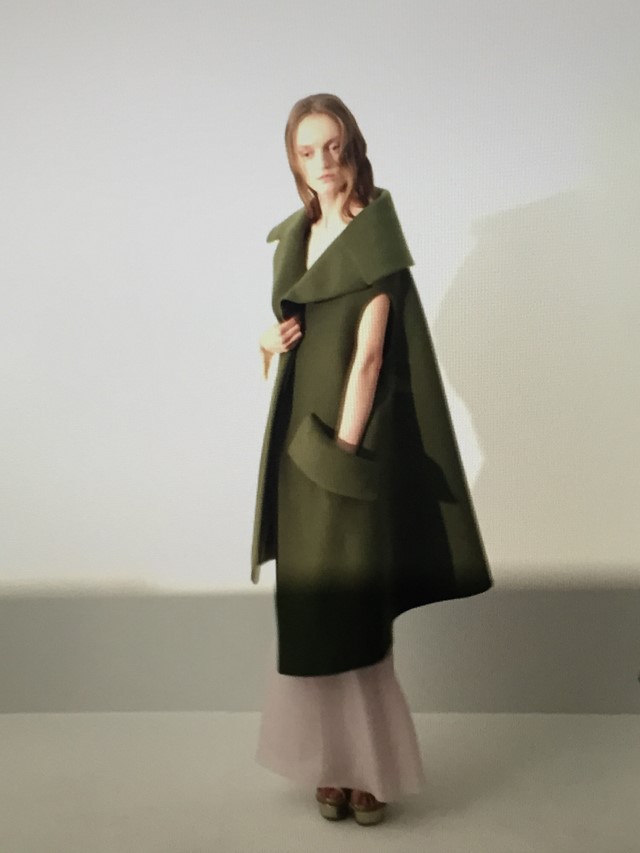
I am Mrs de Winter Now!
Raf Simons thinks in Flemish – Flemish is his first language, while Flanders is where he lives and where he is from. Unlike many Belgian people, Raf Simons second language is not French, but English – the language of pop culture for the designer, learned largely by listening to songs and watching films. French is Simons’ third language, the language of high fashion and, at times, the language of art. It is an amalgam of all of those languages that can be seen in the latest haute couture collection – with a heavy Flemish accent. “I wanted that sense of extravagance and wealth in the collection,” says the designer. “There is a concentration on the drapery of fabric; the idea of drapery and gesture came from Flemish painting. It led to the cape coats with the concentration on one sleeve, an idea that is often seen in portraiture. At the same time the sleeve might be from Dior, with his gestures, his details.”
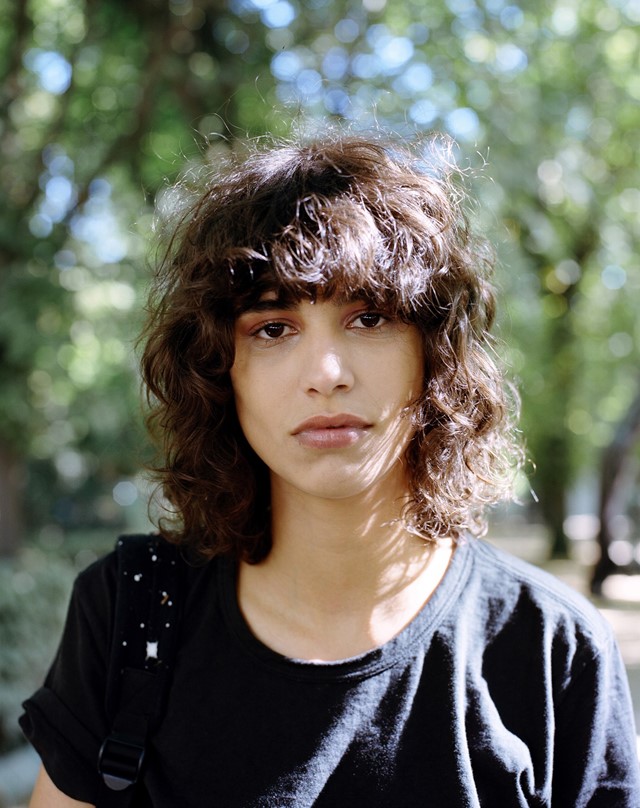
From van Eyck to van Dyck, the great Flemish portraiture of the past is summoned up in the current haute couture collection, images that Raf Simons grew up with. At the same time, French masters are there too – particularly the Pointillist Seurat and, of course, Christian Dior. It is they that provide the inspiration for abstraction, detail, something more feminine and some of the iconic silhouettes – but it is the Flemish who hold sway, with the drama, the attitude and the perversity. “The collection is a tribute to the Flemish masters of art,” explains Raf Simons. “But it is also about the Flemish master of fashion: Martin Margiela.” Without Martin Margiela Raf Simons would not have become a fashion designer.
“The collection is a tribute to the Flemish masters of art. But it is also about the Flemish master of fashion: Martin Margiela.” - Raf Simons

“I have asked myself repeatedly why I started in fashion and it always comes down to the first fashion show I saw in 1990, when I saw Martin’s third collection, the ‘white collection’,” says the designer. “That was the moment when I understood what fashion could be and understood what could attract me to fashion. At the end of the day, that was the real moment of deciding it. I was so far away from being properly involved in the industry then, it looked so out of reach, and yet I thought, this is what I am going to do – although I didn’t tell anyone – and voila.”
"While the spirit of Martin Margiela metamorphoses at his own Maison, his real inheritance may now be at the house of Christian Dior."
This is the ultimate Flemish inheritance of Raf Simons, and what makes the latest couture collection a significant one. It shows why he became a fashion designer in the first place, the new attitude he has brought to the couture inherited from the realists of the 90s and why that attitude matters in the 21st century in keeping the couture a living, breathing craft – the supreme craft in fashion. Perhaps most strangely of all, while the spirit of Martin Margiela metamorphoses at his own Maison, his real inheritance may now be at the house of Christian Dior.
